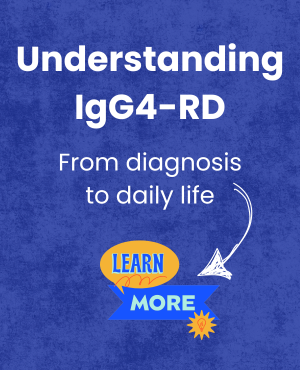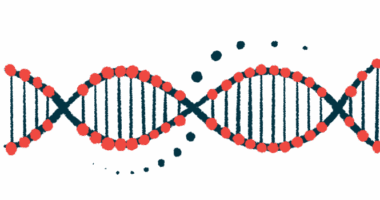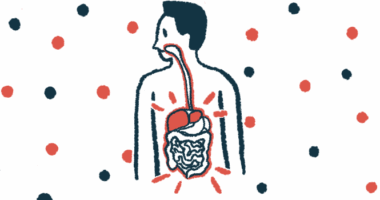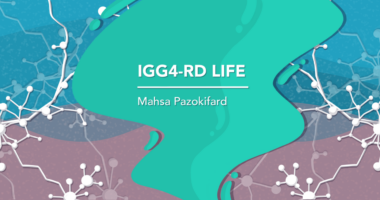Early diagnosis deemed ‘critical’ for optimal outcomes in IgG4-RD
Resarchers note many complications of biliary diseases are reversible
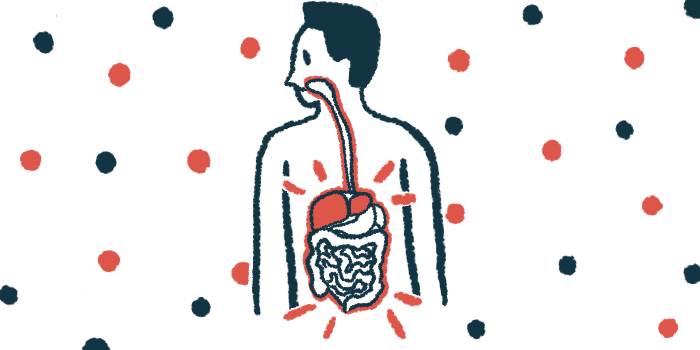
Immunoglobulin G4-related disease (IgG4-RD) affecting the organs and tubes involved in storing and transporting the digestive fluid bile can be challenging to identify, but an early diagnosis — as well as prompt treatment — is “critical” to ensure optimal clinical outcomes.
That’s according to the researchers behind a new review paper, titled “Immunoglobulin G4-related disease of the gallbladder and the biliary tree,” that was published in the Journal of Gastrointestinal Surgery.
“Early diagnosis is critical to treat IgG4-related biliary diseases,” the researchers wrote, noting that prompt treatment may reverse potential complications like tissue scarring (fibrosis) and chronic inflammation.
“IgG4-RD of the biliary tract, including gallbladder involvement, presents a diagnostic challenge,” the team wrote, adding that an “accurate diagnosis hinges on integrating clinical, radiologic, and [other] findings.”
Body’s biliary system can be affected by IgG4-RD
Bile is a digestive substance that’s made by the liver and delivered to the intestines through a series of tubes called bile ducts. When bile is not needed for digestion, it is stored in the gallbladder, an organ under the liver.
The biliary system comprises the network of organs and tubes that produce, store, and transport bile. As such, it involves the liver, gallbladder, and bile ducts.
In some cases, the biliary system can be affected by IgG4-RD, a bodywide disorder marked by abnormal clumps of plasma cells, a type of immune cell, within tissues that produce a specific type of antibody called IgG4. Over time, this leads to damaging inflammation and fibrosis.
Involvement of the gallbladder and/or bile ducts can cause symptoms like abdominal pain, fever, and jaundice, marked by a yellowing of the skin and white parts of the eyes.
Hard to distinguish this disease type from other conditions
Now, a team of U.S. scientists sought to assess what’s known about the diagnosis and treatment of IgG4-RD in the biliary system. To that end, the scientists conducted a review of the scientific literature published over a 35-year period, from January 1990 to March 2025.
The researchers noted that it can be difficult to distinguish this form of the disease from other conditions, like cancer in the biliary system.
Imaging technologies like MRI or CT scans can be useful for visualizing changes such as thickening of the walls of the bile ducts and gallbladder, which are typical of IgG4-RD. However, similar changes are also seen in other biliary system disorders, so imaging can’t reliably differentiate IgG4-RD from these other conditions, the team noted.
More invasive tests like endoscopic retrograde cholangiopancreatography or intraductal ultrasound, which use small cameras inserted into the body to look at the biliary system, may be more helpful in specifically identifying IgG4-RD in the biliary system, the researchers suggested.
Accurate diagnosis through a combination of imaging, [blood] markers, and histopathology [tissue analysis] allows for effective medical management.
Blood tests also can help provide clues, such as elevated levels of IgG4 antibodies. Nonetheless, IgG4-RD is ultimately diagnosed by taking a small sample of the affected tissue and analyzing it to look for disease-characteristic fibrotic lesions, blockage of veins due to inflammation and tissue changes, and/or IgG4-positive plasma cells.
“Accurate diagnosis through a combination of imaging, [blood] markers, and histopathology [tissue analysis] allows for effective medical management,” the researchers wrote.
Surgery should be last option for treatment
Treatment of IgG4-RD in the biliary tract generally focuses on medications that work to suppress the immune system. Glucocorticoids have long been a mainstay therapy, though rituximab or other immunosuppressive medications may be used in some cases.
There also are some rare cases in which surgery may be warranted, the team noted. Biliary drainage, a procedure that allows bile to flow from a blocked bile duct, “may be necessary, especially if there is a mass effect on the biliary tree from other involved organs,” the researchers wrote.
Still, “surgery should be a last resort in cases of [treatment-resistant] and symptomatic disease,” they added.
Overall, these findings highlighted that “IgG4-RD involving the gallbladder and the biliary tree is a rare but important diagnostic consideration in patients presenting with biliary obstruction, [gallbladder inflammation-like] symptoms, or bile duct [narrowing],” the team wrote.
According to the researchers, early diagnosis is key in treating IgG4-related biliary diseases, “given that fibrosis and chronic inflammation can be reversed with treatment initiation.”



